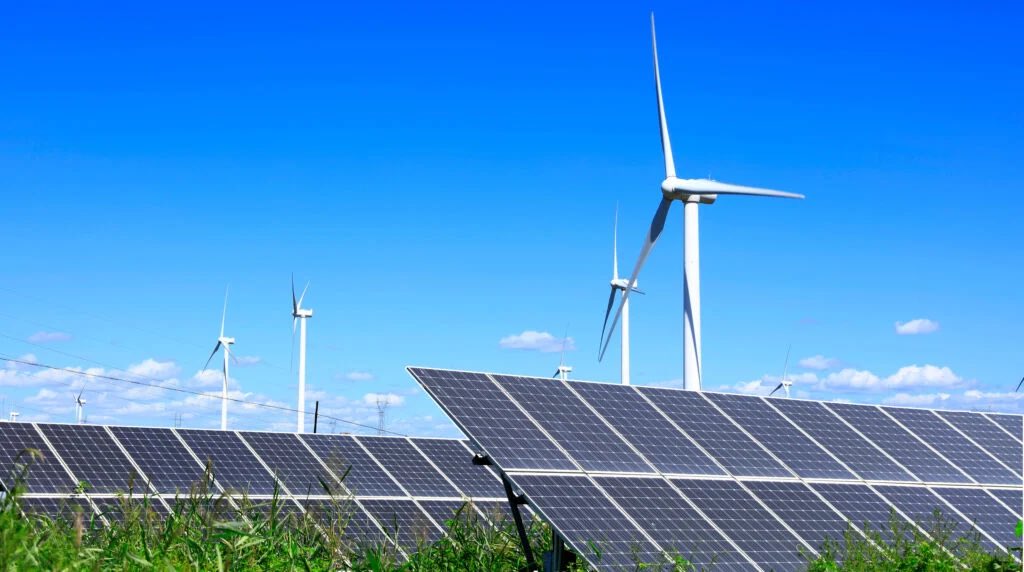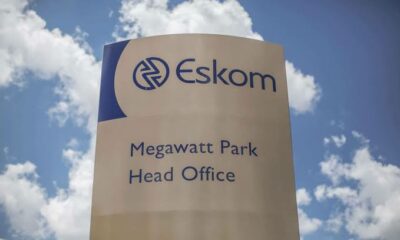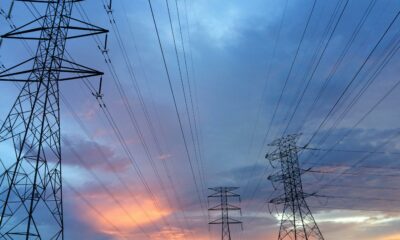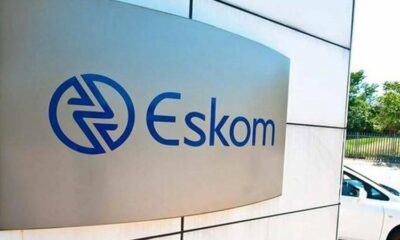Business
South Africa Emerges as a Global Pioneer in Hybrid Solar and Battery Innovation

South Africa is no longer just participating in the global energy transition—it’s helping lead it. As nations worldwide move toward net-zero targets, one thing is becoming clear: traditional solar energy is evolving fast, and South Africa is ahead of the curve.
Gone are the days when solar projects were judged solely on megawatt output. Today, the key metric is dispatchability—the ability to provide clean, reliable power when and where it’s needed. South Africa is embracing this shift, and one standout example is the Kenhardt hybrid solar-battery project, developed by renewable energy leader Scatec.
“We’re no longer just talking about solar panels—we’re talking about entire systems that respond to the grid in real time,” said Jaco Uys, SVP Projects for Sub-Saharan Africa at Scatec.
Why Hybrid Is the Future
South Africa’s aging and overstretched Eskom grid has underscored the urgency of building flexible, stable energy systems. To tackle this, the country has welcomed Independent Transmission Projects (ITPs)—a new policy allowing Independent Power Producers (IPPs) to co-develop energy transmission infrastructure. This is opening doors for hybrid energy systems that combine solar generation with battery energy storage.
The Kenhardt project, located in the Northern Cape, is a prime example of what’s possible. With 540 MW of solar PV and 225 MW/1,140 MWh of battery storage, it doesn’t just generate power—it delivers it consistently through a 20-year Power Purchase Agreement with Eskom.
“Kenhardt shows what’s possible when you integrate clean energy with flexible delivery,” said Nic Bailey, Scatec’s SVP of Operational Excellence and Digitalisation. “We’re not just feeding power into the grid—we’re helping stabilize it.”
Recognized at the 2025 Solar Energy Conference in Norway, Kenhardt is now attracting global attention as a blueprint for reliable renewable energy.
The Quiet Evolution of Solar Tech
While much of the energy world chases dramatic breakthroughs, Scatec sees strength in steady, measurable progress.
“We’re not seeing revolutionary changes in solar panels,” Bailey noted from Intersolar Europe in Munich, where he and Uys represented Scatec. “Instead, we’re getting better performance, year-on-year efficiency gains, and more predictable planning. That matters.”
Battery storage, on the other hand, is experiencing a boom. The rise of the Battery Energy Storage Systems (BESS) market is not only diversifying suppliers but also shifting how the solar value chain is structured.
“It’s a game-changer,” Uys added. “And it’s fueling growth where solar alone wouldn’t have been enough.”
Lessons from South Africa: It’s Not Just Power—It’s Progress
Kenhardt is more than a high-tech project—it’s proof that South Africa’s energy reforms are working. With a clear focus on the Just Energy Transition, the country is not only decarbonizing but building infrastructure that delivers economic and social returns.
For developers like Scatec, the country is becoming a trusted space for complex, ambitious energy investments.
“We’ve shown we can get the tough projects done—and that’s earning us trust globally,” Bailey said.
As the world watches, South Africa is quietly redefining what solar energy can be. Projects like Kenhardt highlight how smart integration, battery storage, and policy alignment can bring more than just clean power—they bring resilience, investment, and real progress.
The next chapter of solar is hybrid. And South Africa is writing it.
{Source: IOL}
Follow Joburg ETC on Facebook, Twitter , TikTok and Instagram
For more News in Johannesburg, visit joburgetc.com



























